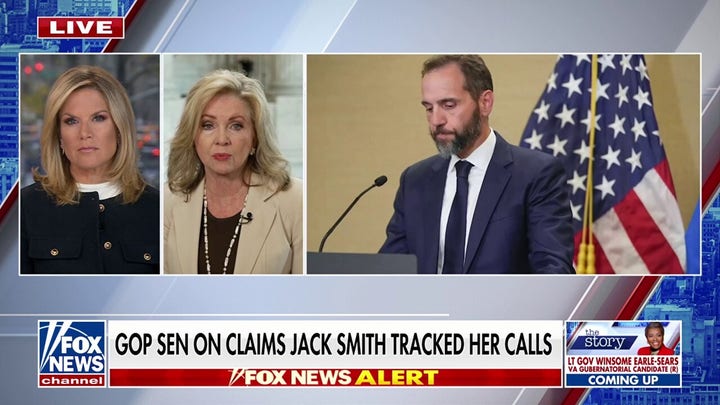Canadian Security Intelligence Service (CSIS) Director Daniel Rogers, during a rare public appearance Thursday, said nearly one in 10 of the agency’s terrorism investigations include at least one person under the age of 18, marking an alarming trend driven by online extremism.
Since 2014, there have been nearly two dozen violent extremist attacks in Canada resulting in 29 deaths, and at least 60 victims injured, according to Rogers.
Worryingly, he said, nearly one in ten terrorism investigations at CSIS, the country’s domestic spy agency, include at least one ‘subject of investigation’ under the age of 18.
In August, a minor was arrested in Montreal for allegedly planning an attack on behalf of Daesh, according to Rogers.
Just a few months prior, a 15-year-old Edmonton area minor was charged with a terrorism-related offense, as Royal Canadian Mounted Police (RCMP) investigators feared they would commit serious violence related to COM/764, a transnational violent online network that manipulates children and youth across widely accessible online platforms.
Rogers also noted two 15-year-olds were arrested in Ottawa for allegedly conspiring to conduct a mass casualty attack targeting the Jewish community in Canada’s capital in late 2023 and early 2024.
‘Clearly, radicalized youth can cause the same harms as radicalized adults, but the societal supports for youth may help us catch radicalization early and prevent it,’ Rogers said. ‘These tragic numbers would have been higher if not for disruptive actions taken by CSIS and our law enforcement partners.’
The CSIS joined the RCMP and intelligence partners from the U.S., United Kingdom, Australia and New Zealand in releasing a joint public report in December, highlighting the evolving issue of young people and violent extremism.
The report provides advice to parents, guardians and others with information to help them identify early concerns and address youth radicalization before it’s too late.
‘Since 2022, CSIS has been involved in the disruption of no fewer than 24 violent extremist actions, each resulting in arrests or terrorism peace bond charges,’ Rogers said. ‘In 2024, CSIS played an integral role in the disruption of two Daesh-inspired plots. In one case, a father and son were allegedly in the advanced stages of planning an attack in the Toronto area. In another, an individual was arrested before allegedly attempting to illegally enter the United States to attack members of the Jewish community in New York. In these examples, and in many others, I can’t discuss publicly, our counter-terrorism teams have partnered with law enforcement and saved lives.’
He attributed the radicalization to ‘eroding social cohesion, increasing polarization, and significant global events,’ which he said ‘provide fertile ground for radicalization.’
‘Many who turn to violence radicalize exclusively online—often without direction from others,’ Rogers said. ‘They use technology to do so secretly and anonymously, seriously challenging the ability of our investigators to keep pace and to identify and prevent acts of violence.’
Rogers also noted the CSIS collects intelligence and defends against transnational repression, previously focusing on transnational repression by the People’s Republic of China, India and others.
‘In particularly alarming cases over the last year, we’ve had to reprioritize our operations to counter the actions of Iranian intelligence services and their proxies who have targeted individuals they perceive as threats to their regime,’ he said. ‘In more than one case, this involved detecting, investigating, and disrupting potentially lethal threats against individuals in Canada.’

